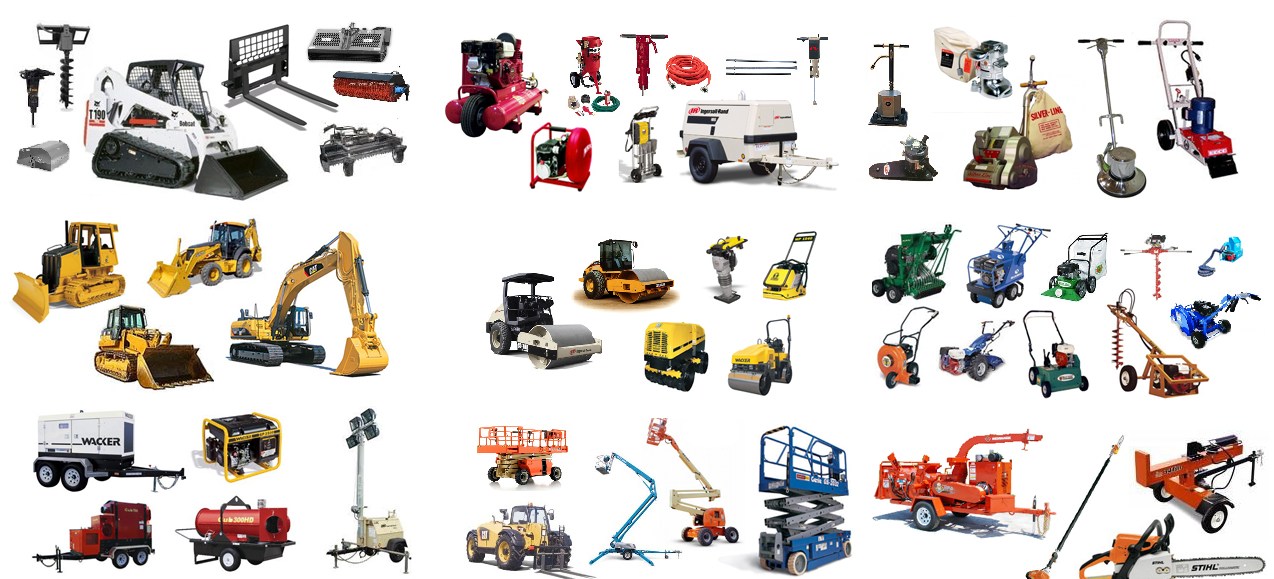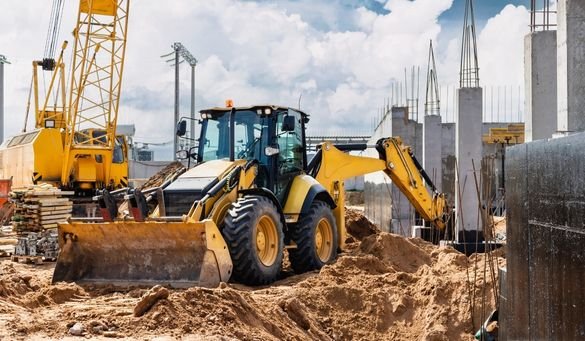Scissor Lift Rental: Safe and Reliable Raising Solutions
Scissor Lift Rental: Safe and Reliable Raising Solutions
Blog Article
Maximize Your Budget by Recognizing the Expenses Associated With Building And Construction Devices Rentals
Understanding the complete scope of expenses associated with building and construction equipment leasings is vital for maximizing your budget. What methods can be used to properly take care of these expenses and ensure an extra efficient rental experience?
Introduction of Rental Expenses
When thinking about building and construction devices services, recognizing the linked prices is extremely important for efficient budgeting and project planning. Rental expenses can differ substantially based on numerous elements, consisting of tools type, period of rental, and location. The initial rental charge typically mirrors the tools's market need and its associated functional abilities, influencing the general expenditure.
In addition to the base rental price, ancillary expenses may develop, such as transport fees, gas surcharges, and maintenance fees. It is important to account for these added expenses to properly assess the complete expense of renting out tools. Furthermore, the rental duration can impact pricing; longer services may get approved for discounted prices, while short-term rentals may sustain higher daily costs.

Failure of Rental Prices
A comprehensive understanding of rental prices is essential for contractors and job supervisors intending to maximize their budget plans. Rental prices for construction equipment commonly contain several parts, including base prices, time-based costs, and use costs.
Base rates are the core fees connected with the service of the devices, frequently identified by the type and size of the equipment. These prices can differ dramatically, affected by aspects such as devices need, availability, and regional market trends. Time-based costs, which may be daily, weekly, or monthly, serve to fit various job timelines and rental durations.
In addition, rental prices might include usage fees, which are suitable when equipment is used past a specified threshold, guaranteeing that the rental firm can represent deterioration. Seasonal need fluctuations can likewise impact rental rates, with peak building periods usually regulating greater rates.
Moreover, recognizing the rental business's policies regarding upkeep and insurance coverage can provide additional understanding into the general cost framework. By assessing these elements, specialists can make informed decisions, ensuring the choice of rental equipment straightens with both task demands and budget restraints.
Extra Fees to Think About
Comprehending the complexities of extra fees is important for contractors to manage their total leasing expenses properly. Past the basic rental rates, numerous auxiliary charges can considerably influence the overall price of devices service. These fees often include delivery and pickup fees, which can vary based on range and logistics associated with moving the devices to and from the task site.
Moreover, some rental business may impose fuel surcharges if the tools is returned with less fuel than when rented out. It is additionally vital to recognize potential cleansing costs, specifically for specific trackhoe excavator devices that requires detailed upkeep after usage.

Extensively evaluating the rental agreement and clearing up these extra fees in advance can assist service providers make certain you could look here and avoid unexpected expenses that spending plans continue to be intact throughout the project lifecycle.
Repair And Maintenance Expenditures
Routine repair and maintenance expenses are usually overlooked elements that can substantially influence the total price of building and construction devices services. When renting out tools, it is crucial to think about not just the rental charges but likewise the possible expenses related to maintaining the equipment in optimal operating condition.
Several rental business include standard maintenance as component of the rental contract; nonetheless, extra substantial repair services or unforeseen malfunctions can lead to added costs. It's necessary to evaluate the rental contract meticulously to recognize what maintenance solutions are covered webpage and what duties drop on the occupant.
Moreover, tools that is not properly maintained can bring about ineffectiveness on duty website, possibly causing delays and increasing task costs. To reduce these risks, it is recommended to carry out normal assessments and maintain open interaction with the rental copyright pertaining to any type of concerns that emerge during use.
Insurance Coverage and Liability Prices
Insurance policy and obligation costs are vital components that can substantially impact the overall expense of building and construction equipment leasings (scissor lift rental). These expenses ensure that both the rental business and the customer are safeguarded from prospective monetary losses developing from mishaps, damage, or theft during the rental duration

Additionally, clients should recognize any deductibles or exclusions in the insurance plan, as these can influence possible out-of-pocket expenses. Understanding the terms of any type of insurance policy coverage is important to avoid unanticipated prices. Inevitably, budgeting for insurance coverage and obligation expenditures can help make certain a smoother rental experience and shield versus financial risks connected with building tasks.
Conclusion
In final thought, a detailed understanding of the expenses connected with construction equipment leasings is important for efficient budget plan management. Ultimately, informed decision-making regarding tools services adds to the general success of construction undertakings.
Rental costs can vary dramatically based on several variables, including equipment type, duration of leasing, and area (forklift rental). The rental duration can influence rates; longer services might qualify for discounted prices, while short-term rentals might incur higher everyday costs
By conducting extensive research study and engaging with credible rental firms, contractors can properly browse the complexities of rental rates, eventually optimizing their economic sources.
Beyond the common rental prices, different supplementary charges can significantly affect the overall cost of equipment leasing. Rental firms often supply liability insurance that covers injuries to 3rd celebrations or damages to residential property, while devices damage insurance can cover the cost of repairs or substitute if the rented out equipment is harmed.
Report this page